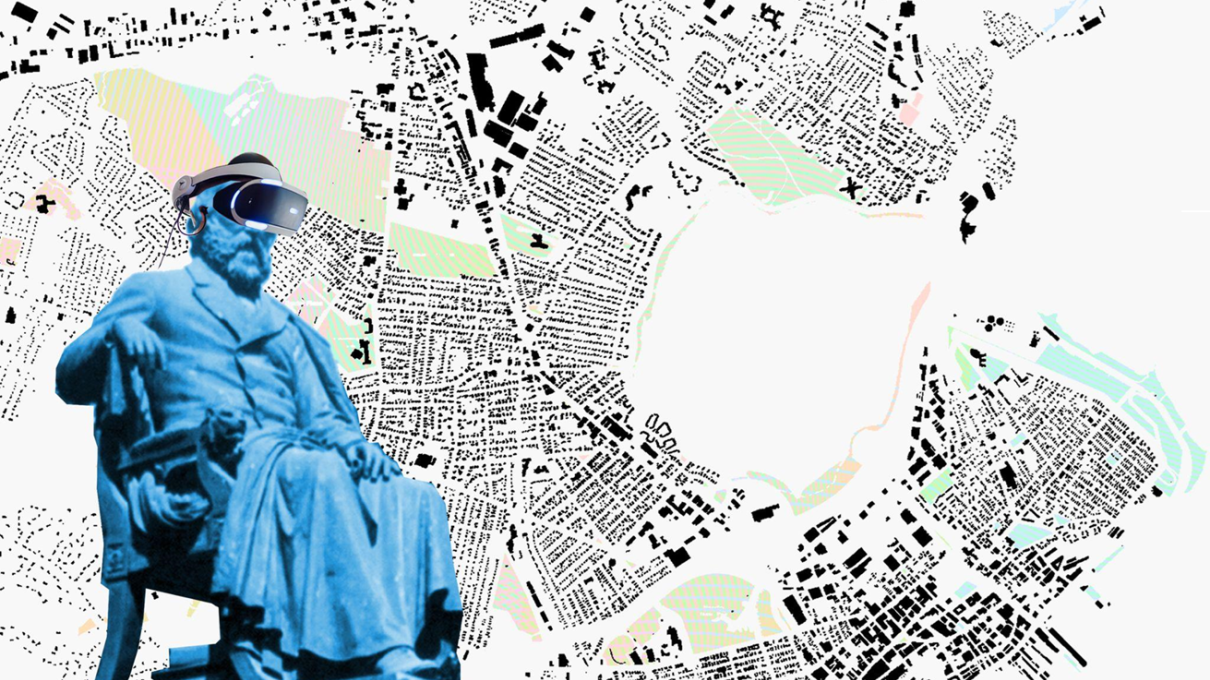Government decision-making is based on both formal and informal power structures that can be hard to decipher. As a result, the public tends to shy away from participating in public processes. Often they assume decisions have already been made. Other times they assume one person can’t make a difference. In cases of marginal populations, such as New Americans, those experiencing homelessness, and those benefiting from public services, there may be a reluctance to “poke the bear” and get involved. More often the process is so arcane and obtuse that it simply seems inaccessible.
Our project seeks to pull away the veil from decision-making processes by using digital urbanism to better understand how they work. By providing better information about processes - especially the informal ones – we hope to increase participation across a broad spectrum of participants. Addressing this problem is essential to democracy. In particular, as systems become more automated and rely on technology, it becomes more important to map out how decisions are made. Otherwise, society risks increasing public skepticism by adding a layer of technological “fog” to already existing bureaucratic “fog.” However, if used property, digital urbanism can help burn off both fogs and produce a more vibrant public discourse.
This research is funded by 2023 Norman B. Leventhal Center for Advanced Urbanism Seed Grant.



